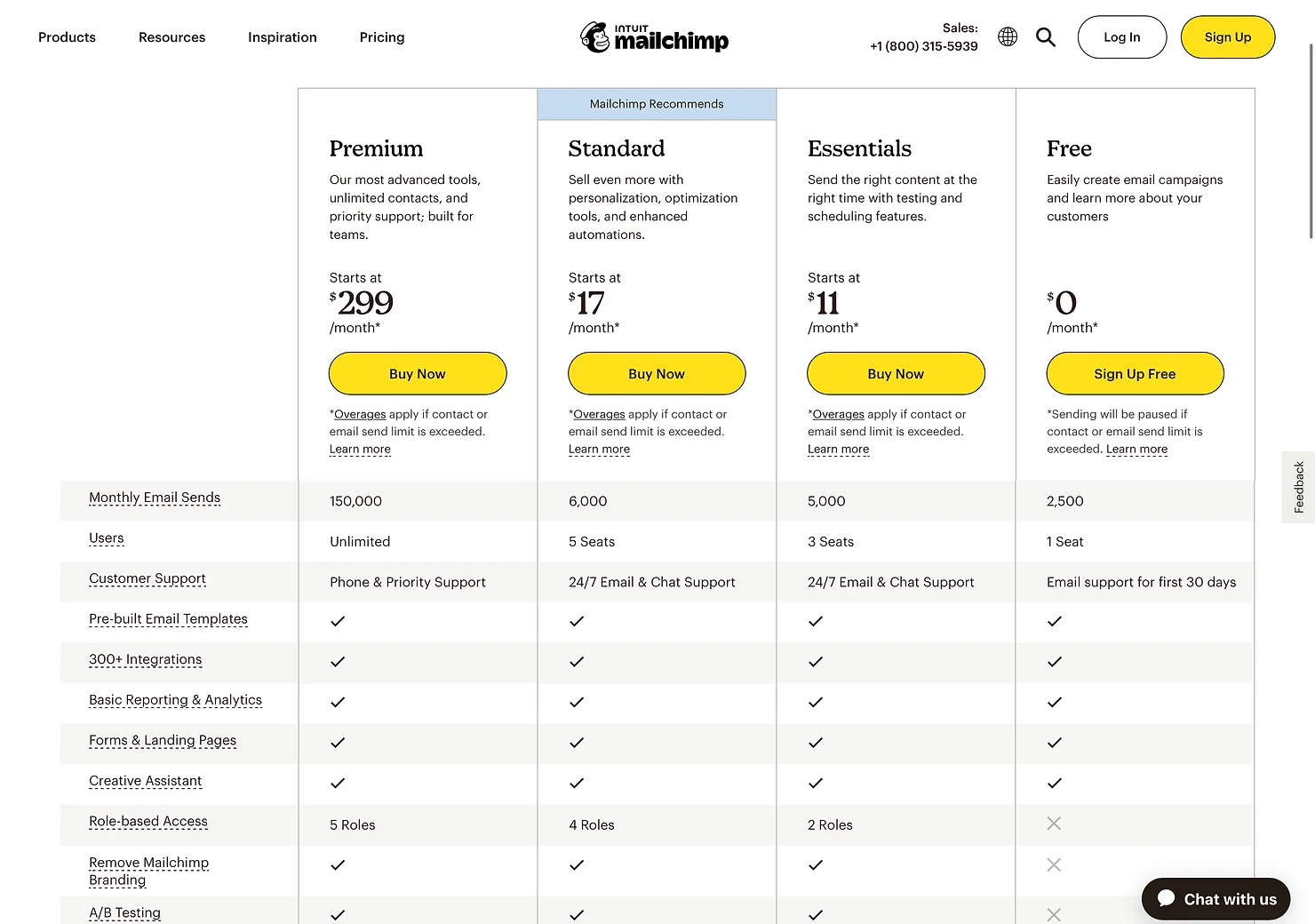SaaS Business Models: A Beginner’s Guide


Bruce Peck
Nov 27, 2022 · 3 min readWhat is SaaS?
SAAS stands for Software as a Service, it is where software is hosted on the cloud and is accessed via a subscription.
Why is SaaS a powerful business model?
A major advantage of SaaS, particularly in comparison with older forms of delivering software, is that the software can be updated automatically and continuously to the user.
The genius behind the business model, particularly with B2B SaaS, is that the software solves a problem for a business that would be expensive or impossible for the business to solve by themselves and then offers their solution for much less (and as a subscription.)
This makes it so that business has a vital need for the software and economic incentives to continue to subscribe.
What does a great SaaS company look like?
High Value Product
A high value SaaS product generally solves a large need for a business in a way that is applicable to many different kinds of organizations.
For instance, Salesforce helps company to coordinate all of their sales efforts with a tool that is robust for many different organizations.
Low Customer Churn
The churn rate is the amount of customers that stop paying or using your product within a given period. The best SaaS products, obviously, have very low customer churn rates. They are like the Hotel California, “you can check out anytime you like, but you can never leave.” (The Eagles)
For instance Slack has less than 1% churn, that’s insane! And if you think about your use of Slack you can see why, they solve an essential business task in a very elegant way.
Plus they have the advantage of network effects (with a huge network of people using slack daily) and stored value, meaning that the more you use Slack, the harder it is to switch because of the amount of information you are storing it.
Low churn is extremely important for companies to grow.
Great NPS Score
NPS stands for Net Promoter Score, and is a measure of how users feel about your product. To collect a NPS requires an extremely simple survey of one question, “How likely are you to recommend (product) to a friend on a scale of 1 to 10?”
People that fall into a 9-10 are your promoters, 7-8 are passives and everyone else are detractors. The importance of a good NPS is that it allows you to spend less money on marketing because people are willing to organically share it with others.
Great Pricing Strategy
The key with thinking about how to price your SaaS product is generally to tie your price to usage and value.
A great example of this is the way that Mailchimp does their model. When you first sign up for their service it is free until you hit a certain number of sends per month and then it scales from there.
This type of pricing removes friction for new users so they can begin using your product and increases at logical points in the customer’s development journey.

What types of products is SaaS good for?
SaaS is an amazing model if you are building a B2B solution, so things like CRM’s, document signing software, storage, etc. is a really good fit.
There is also a place for B2C SaaS companies, things like Canva, Dropbox, and DuoLingo come to mind.